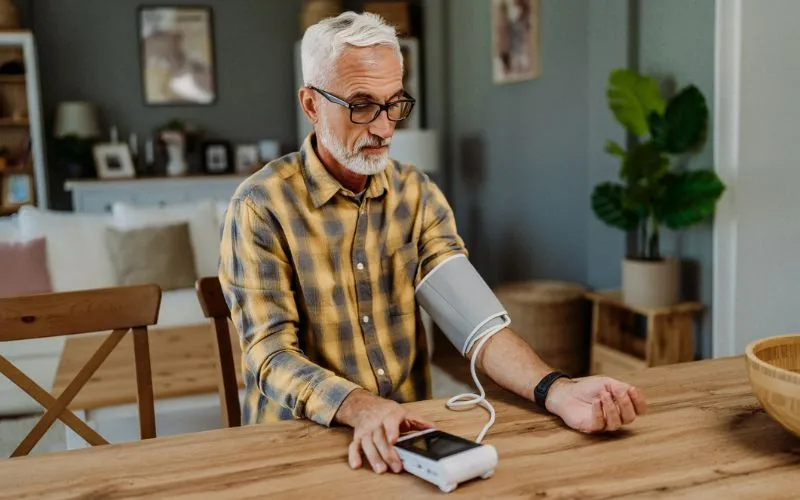The last and sunniest days of summer are officially here! Chances are you’ll be soaking up the sun by the pool and during backyard barbeques more than ever.
While those warm rays feel good, it’s important to remember how vulnerable your skin and eyes are to UV rays. Many people are good at regularly applying sunscreen to keep their skin protected from intense sun exposure, but sometimes, eye protection can slip through the cracks.
Practicing eye and sun safety is as simple as slipping on a great pair of sunglasses.
How Sun Exposure Can Hurt Your Eyes
Sun damage isn’t just a concern for your skin. Your eyes are exposed to UV rays the moment you step outside.
What is a UV ray?
UV stands for ultraviolet. These ultraviolet rays are a form of solar radiation or energy that can be harmful to your skin, eyes, and overall health.
There are two types of UV rays. UV-A rays harm central vision by damaging the macula. The macula is part of the eye’s retina. UV-B rays are different but still harmful. They are absorbed by the front part of the eye where the lens and cornea are.
What are the risks of UV Ray exposure?
“Extended exposure to the sun’s UV rays has been linked to eye damage, including cataracts, macular degeneration, and a few others,” says Dean McGee Eye Institute’s Optical Services Director and Optician, Robert Dimick.
Excessive exposure and damage from UV rays can cause vision loss and in extreme cases, a corneal sunburn. It’s not just natural sunlight that can lead to dangerous levels of exposure. Light from tanning beds can also burn your eyes.
Ray damage can also lead to an increased risk of intraocular melanoma. All of these conditions hinder vision and can be detrimental to your overall eye health.
Who is at risk?
Harmful rays don’t discriminate. Everyone, including kids, is susceptible to UV damage. Though some research suggests that people with light-colored eyes may be more sensitive to intense light and UV ray damage, everyone should grab a pair of sunglasses before heading out the door.
Protect Your Eyes from the Sun
Make a daily habit of putting on face-friendly sunscreen if you know you’re going to be outside. Always carry a UV blocking pair of sunglasses with you, especially when you’re headed outdoors. Even during winter, eye protection is important to practice.
Keep a pair of sunglasses in your car or throw a pair with UV protection in your work bag to make sure you have eye protection on the go.
Finally, annual eye exams can monitor for signs of ocular melanoma and other eye problems. Your eye doctor can check for early signs of sun damage related eye issues.
How to Choose Protective Sunglasses
You need a great, protective pair of sunglasses–or maybe two or three if you want a variety of styles. Thankfully, sunglasses come in hundreds of styles no matter your price range.

“To protect your eyes from harmful solar radiation, sunglasses should block 99 to100 percent of UV rays,” says Dimick. “Frames with close-fitting temples and temple tips provide the best protection because they limit how much sunlight reaches your eyes from above and around the periphery of your sunglass lenses.”
Shape and Style
This is an aesthetic choice. Go classic, sporty, big, or sleek. Vintage wayfarers look great on everyone. Sporty wrap-arounds are great for intense, physical activity. Just make sure your eyes are covered. Try on a few pairs until you find one you like!
Lenses
Read the label on the lenses. Make sure the sunglasses block 99 to 100 percent of UV-A and UV-B rays. Lenses that fail to do this aren’t worth buying.
Fit
If buying a pair from an optical shop, you can ask the optician to tighten your sunglasses to the appropriate fit. You don’t want them to slide off your face or pinch the sides of your head. If you have a pair of store bought sunglasses, you can use a glasses repair kit from the drugstore. Usually, the kits have a small screwdriver that can tighten or loosen the screws of the frames.
When buying sunglasses for a child, make sure the size is appropriate and the material is appropriate for the child’s age. Young toddlers shouldn’t have glasses that could easily break or fall apart into small pieces.



